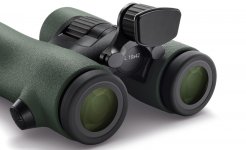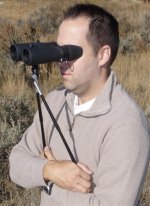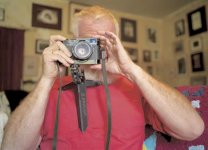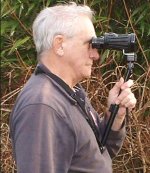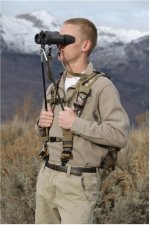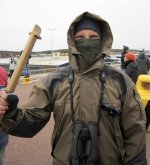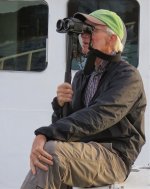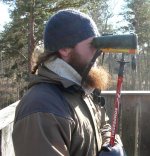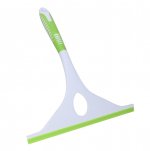John A Roberts
Well-known member

Some versions of A) ii):
- Swarovski’s FRP; minimal size but model specific, proprietary and expensive; unlike other choices it does not take significant weight off the arms
- a hand-held mini-bipod; FieldOptics Steady Sticks: https://www.amazon.sg/Field-Optics-Research-Steady-Sticks/dp/B00S1CCQZ6
- a mini-tripod; the 4 oz Ultra-Pod II; see: https://www.shutterbug.com/content/6-more-reasons-use-tripod-and-six-reasons-not-page-2
- a mini-monpod supported by a neck harness; unknown source
- a mini-bipod supported by a pack harness; FieldOptics Binopod Harness: http://www.fieldopticsresearch.com/...inoPOD-Harness-Pack-System-Black-sku-H002.htm
- Swarovski’s FRP; minimal size but model specific, proprietary and expensive; unlike other choices it does not take significant weight off the arms
- a hand-held mini-bipod; FieldOptics Steady Sticks: https://www.amazon.sg/Field-Optics-Research-Steady-Sticks/dp/B00S1CCQZ6
- a mini-tripod; the 4 oz Ultra-Pod II; see: https://www.shutterbug.com/content/6-more-reasons-use-tripod-and-six-reasons-not-page-2
- a mini-monpod supported by a neck harness; unknown source
- a mini-bipod supported by a pack harness; FieldOptics Binopod Harness: http://www.fieldopticsresearch.com/...inoPOD-Harness-Pack-System-Black-sku-H002.htm
Attachments
Last edited:




